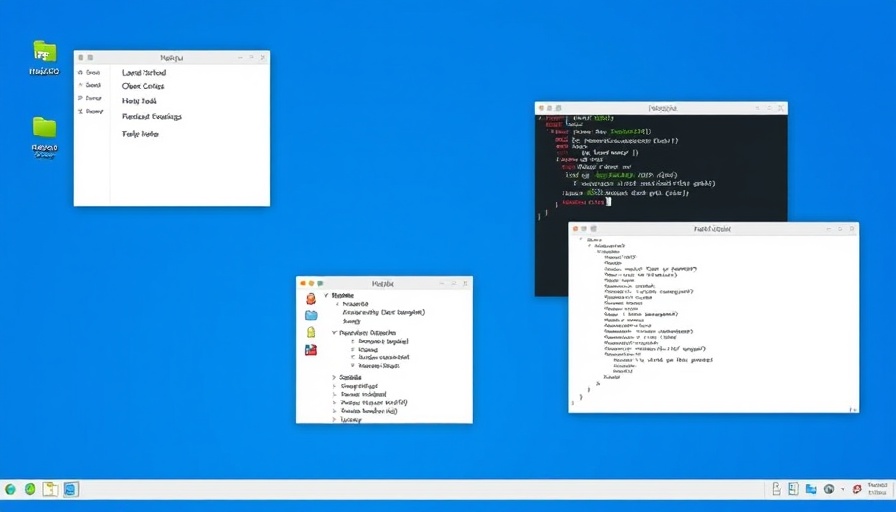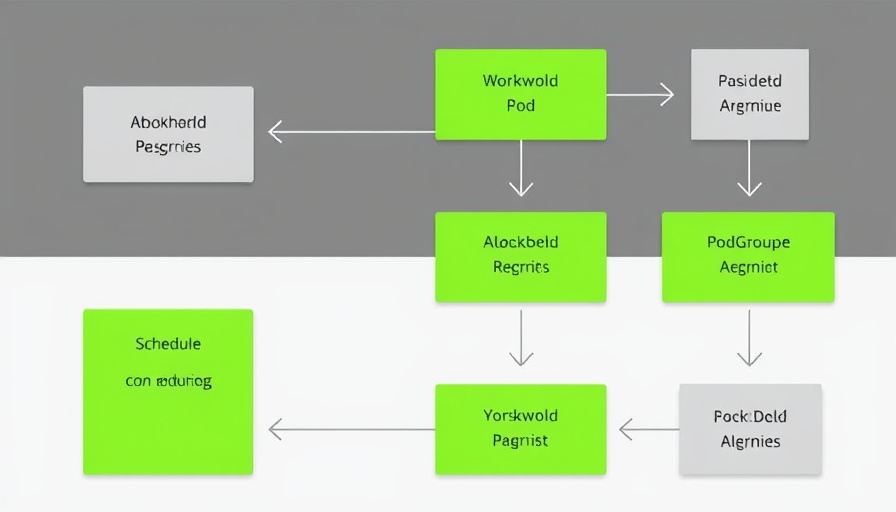
Unlocking New Potential: NVIDIA's Open-Source Journey
In a remarkable development for both Haiku OS and NVIDIA enthusiasts, developer X512 has achieved the impressive feat of porting NVIDIA's open-source kernel modules to Haiku OS. This includes the successful adaptation of the Mesa NVK Vulkan driver to run atop NVIDIA's kernel interface. By leveraging the MIT/GPL licensed kernel code, this advancement highlights the potential for broader GPU support beyond the confines of official NVIDIA proprietary drivers.
Why Haiku OS Matters in Today's Tech Landscape
Haiku OS, an open-source operating system inspired by BeOS, has been gradually evolving to provide unique value for developers and users alike. With its lightweight architecture, it offers an alternative for those frustrated with the bloat of mainstream operating systems. This successful porting of NVIDIA's kernel modules not only enhances Haiku's compatibility with NVIDIA hardware but also showcases the flexibility of modern open-source efforts, potentially paving the way for broader adoption among new users.
The Technical Marvel of Porting NVIDIA Drivers
Porting NVIDIA's kernel driver, known as the NVRM, demonstrates significant engineering prowess. Unlike the Nouveau DRM kernel driver, which is heavily tied to Linux, NVRM's design allows it to maintain platform independence, making it suitable for porting to Haiku OS. This gain proves crucial for higher compatibility with various hardware models and opens the door to users who might choose alternative operating systems without sacrificing graphics performance.
Parallel Innovations in Driver Development: A Window into Future Applications
The technological landscapes of open-source drivers highlight the collaborative spirit within the software community. The achievements seen in Haiku OS are not isolated; they parallel efforts in other operating systems, such as Apple's upcoming GPU driver development. As the industry shifts toward open-source alternatives, NVIDIA’s ported drivers may inspire further community-led adaptations, leading to an ecosystem that emphasizes user choice over vendor lock-in.
Future Predictions: What This Means for Developers and Gamers
The implications of adapting the Mesa NVK Vulkan driver on Haiku OS resonate beyond simple compatibility. Developers are now able to leverage these open-source tools for improved performance and optimization of their applications. Gamers, particularly those utilizing modern Turing GPUs, can look forward to experimenting with Vulkan applications—something previously hindered by the absence of robust open-source support. As Vulkan becomes a standard, this evolution could set new benchmarks for performance in gaming and graphic-intensive tasks.
A Call to Action for the AI and Tech Community
This significant porting effort serves as a call to action for innovation in the AI landscape as well. As AI developers and enthusiasts intersect with gaming technology, the adaptability and open-source nature of Haiku OS, paired with NVIDIA's initiatives, should inspire new creativity. By embracing these tools, they can develop applications that harness graphics performance in ways previously thought limits, unlocking fresh avenues for artificial intelligence application.
Closing Thoughts: The Road Ahead
NVIDIA's impressive open-source kernel driver port is just the beginning of what's possible for alternative operating systems like Haiku. As technological advancements continue to break barriers, the collaboration between open-source development and hardware support indicates a promising future. It's important for those invested in the tech space—be it AI enthusiasts, developers, or gamers—to engage with these emerging technologies and push the boundaries of what's possible.
 Add Row
Add Row  Add
Add 




 Add Row
Add Row  Add
Add 

Write A Comment